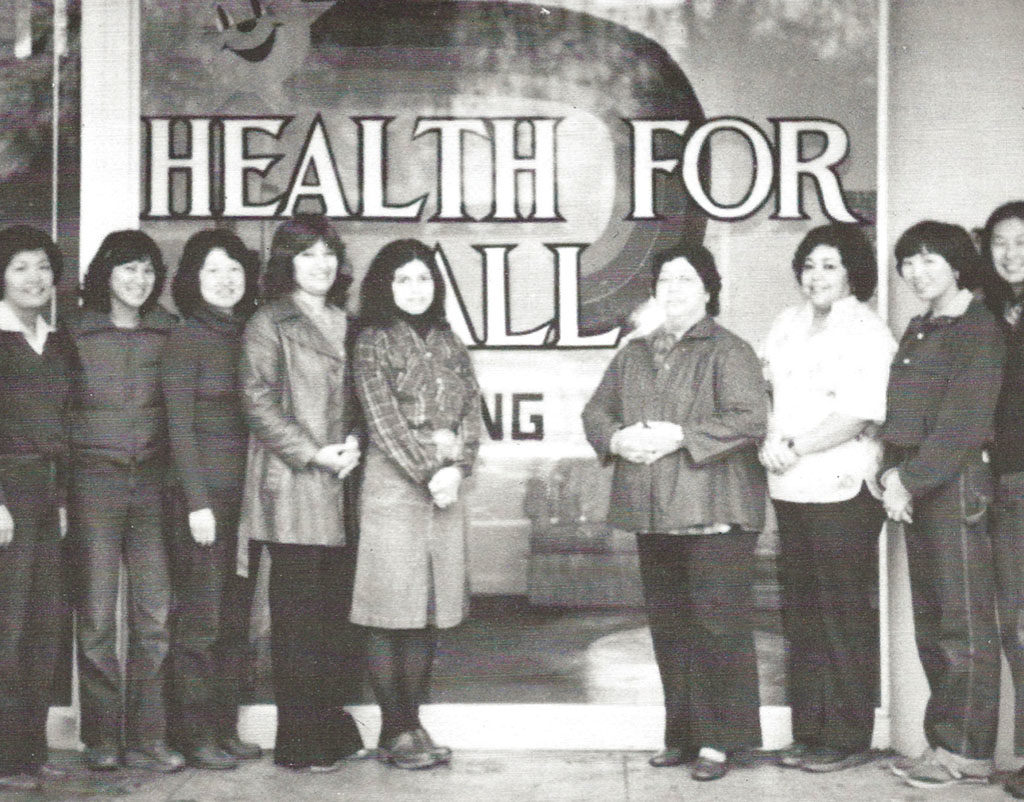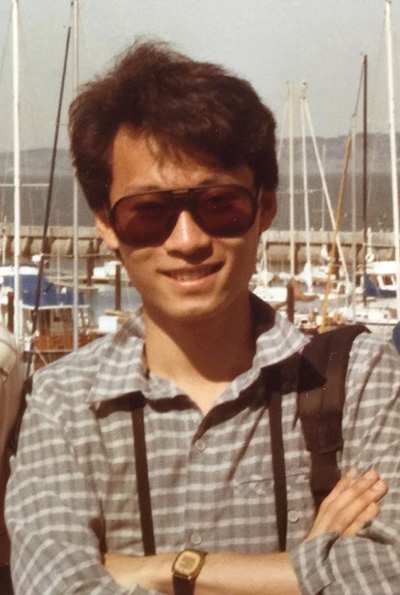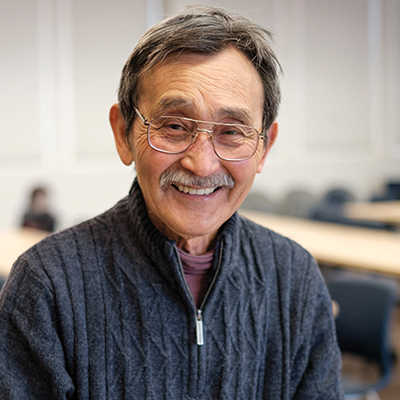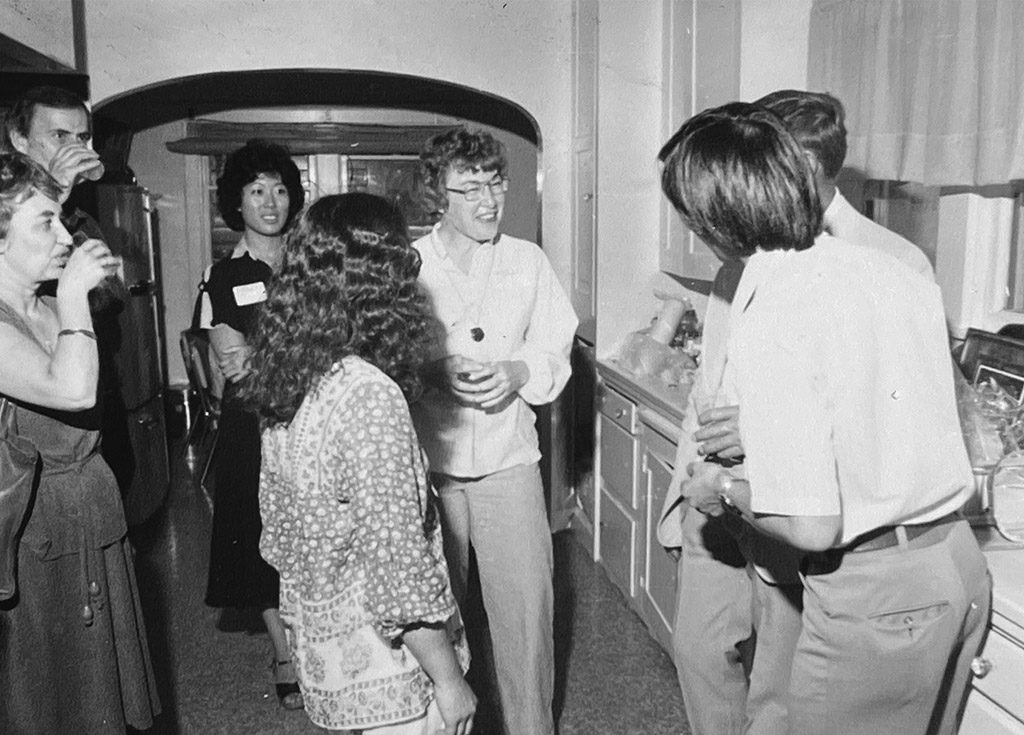Episode 6 of the ACC History Project was livestreamed from ACC main campus on February 21. From One Became Many covered the origins of several Sacramento Asian American and Pacific Islander service organizations. Is there one person or one entity that should be credited for starting these nonprofit organizations?
Many of them were started or heavily influenced by ACC and some were started by community activists who were part of the forerunner organizations, Asian Community Services (ACS) and the Japanese Community Center of Sacramento Valley (JCC, later renamed to ACC). You can hear about those important organizations and individuals in Episodes 3 and 2, respectively.
First, let’s look at Health for All, Tanoshimi Kai, Asian Resources, Inc., and Stepping Stones (now Asian Pacific Community Counseling), organizations that were directly related to ACC.
Around 1980, Health for All (HFA) was incubated by ACC from ideas that June Otow developed. At that time, June was an outreach worker at ACC and an original member of ACS. May O. Lee was a social work intern and recalls working with June and many volunteer mothers from the Southside neighborhood to do outreach and gain support for a preventative health clinic. ACC provided start-up funds and $1,000 came from the Sacramento Presbytery Mission Action Committee. HFA would eventually rely on Medi-cal reimbursements.

Many health and nursing professionals, Chinese and Vietnamese interpreters, and ACC board members were involved in launching HFA. Attorney Phil Hiroshima incorporated it. Dr. Richard Ikeda succeeded June as Executive Director.
In the first ten years, HFA had staff that spoke seven languages and served many of the southeast Asian refugees coming to Sacramento County. HFA established the first school-based clinic in Sacramento, an Alzheimer’s Day Care Resource Center, and four Adult Day Health Care programs. Eventually, HFA operated seven clinics, many housed at neighborhood schools to ensure preventative health care and immunizations were available to low-income communities.
ACC spent a lot of time identifying community needs for seniors. This led to the founding of Tanoshimi Kai with much of the grunt work done by Kenji Morishige. Tanoshimi Kai addressed the nutritional and socialization needs of the elderly Japanese. There were two sites. On Fridays, the Sacramento Buddhist Church hosted one and on Wednesdays, the Sacramento Japanese United Methodist Church hosted the other. Mrs. Minnie Tanihara took reservations and Betty Kashiwagi was the Nutrition Site Manager. Staff was paid through a grant from the Area 4 Agency on Aging.
A similar site was set up for the elderly Chinese at the New Helvetia Housing Project. It was run by Edna Liang.
Asian Resources, Inc., had its origins with ACC. In 1979, ACC ran the Summer Youth Employment and Training program. It was started to help Vietnamese college students and their families get jobs and financial support after the fall of Saigon. ACC applied to the county to receive funding. After the summer ended, ACC developed the Asian Manpower Program with Kathy Omachi as its Director.
With the support of ACC, Raymond Lee spun off the program, incorporated it as Asian Job Resources Project and became the Director, but he had to leave shortly after for personal reasons. Soon after, May O. Lee became Executive Director. She wrote a new funding proposal, hired new staff, and organized a Board of Directors. The Board changed the name to Asian Resources, Inc. May would be the Executive Director for 26 years before retiring. Elaine Abelaye followed, and now Stephanie Nguyen is the current Executive Director of this successful organization.

My Sister’s House, Sacramento’s domestic violence shelter and services organization, was incubated by Asian Resources, Inc. Using the model of providing initial support, ARI staff person Carole Ching, community activists Hach Yasumura, Jean Chong, and Elaine Chiao, among others, planned and launched My Sister’s House.
Asian Pacific Community Counseling started as Stepping Stones in 1986 with Kathy Omachi as its first director. Harriet Taniguchi was on the ACC Board at that time. She recalls that there was a lack of culturally relevant and bilingual mental services for the API community.
Paul and Marion Ono, Reverend Hei Takarabe of the Parkview Presbyterian Church, Dr. Luke Kim, Raymond Lee, Reverend Ninh Nguyen, Jane Tamano, Joan Hirose, Harriet, and others, organized to address this need. Through public advocacy and testimony, they were able to get funding from the Sacramento County Mental Health Department. Hence, Stepping Stones was born.
Reverend Ninh requested a separate program for the Southeast Asian community so Stepping Stones agreed to share resources, leading to the founding of the Southeast Asian Assistance Center.
Next, several other community organizations were started by activists who were part of ACS or who were inspired by “hanging out” at the Tambara House, the home of ACC. This includes the Yellow House tutoring and recreation program, the Asian Health Clinic, Asian Legal Services Outreach, and the Asian Pacific State Employees Association.
In the spring of 1970, Parkview Presbyterian Church approved the use of their house on the corner of 8th and T Streets for a tutoring and recreation program for students from William Land School. The students went there after school and in the summer. Because of its color, the location was dubbed the “Yellow House.” Lillie Yee Shiroi was in Professor Isao Fujimoto’s class at UC Davis and volunteered at William Land School. She recalls William Land’s students were more than fifty percent Chinese and many did not speak English well. That situation led to the creation of the tutoring program. Students from Sac State and UC Davis continued to help with the program.

Professor Fujimoto, who recently passed away, joined UC Davis in 1967 and headed up the Community Development Program. He also started the Asian American Studies program. Professor George Kagiwada also mentored students who wanted to do community work in Sacramento.
Raymond Lee and Harold Fong, two of the original members of ACS, boldly struck out on their own to establish the People’s Bookstore to promote socialism. They modeled their services after the Black Panther’s “Serve the People” program. They started programs like free film series, free day care center, free tri-lingual community newsletter, study groups, and a free health clinic inside the bookstore.
The health clinic eventually became the Asian Health Clinic. Dr. Lindy Kumagai started the clinic and recruited medical students from the UCD School of Medicine to staff it. The Bookstore continued to provide translators, transportation, and publicity. .Raymond stated that potential liability issues stopped them from continuing to have it in their bookstore but the health clinic continued elsewhere staffed by students from UC Davis. Today, it continues to operate as the Paul Hom Asian Clinic, the oldest existing Asian health clinic in the United States. It is led by medical director Dr. Ron Jan.
Asian Legal Services Outreach (ALSO) began in 1973, started by law students from UC Davis and McGeorge School of Law. Andy Noguchi, Joan Nosse, Wilfred Lim, Brent Kato, Clement Kong, and Will Yee were some of the eager students ready to create “good trouble” for the community. Despite not having a lot of experience, they helped with immigration forms and other administrative issues. The founders were part of ACS, which identified legal support as a community need.

ALSO closed in the summer of 1976 but was revived in the Fall by students from UC Davis King Hall. It was incorporated in 1977 and started receiving grant money so it could hire staff to continue with full-time services to the community. ALSO originally had office space in the Tambara House. The law students got to mingle with the other social workers and volunteers that hung out there. ALSO closed its doors after 20 years of operation.
The Asian Pacific State Employees Association was founded by another group of people not directly affiliated with ACC. But Dean Lan, one of the founders, recalled spending many hours meeting at the Tambara House to discuss issues of civil rights. He says meeting people like May Lee, Andy Noguchi, Hach Yasumura, Randy Shiroi, and Raymond Lee was inspiring because of their dedication to social activism.
So, was the Tambara House the “one?” Many of the people we interviewed commented on how wonderful it was to drop into the Tambara House and meet like-minded people. Harriet Taniguchi remembers that she was the coordinator for JCC as her social work placement. JCC converted the garage into a classroom for ceramic classes, Koto and Go. Social work students, recruited by Earl Shiroi, passed through for meetings and activities.
Earl’s name comes up often as the person who had the vision of organizing the community by focusing on needs and having activists work to create organizations that would provide those services. He was a mentor to many of the social work students that went on to start successful organizations.
Many other people continue to pop up in the history of ACC. Take, for example, a young UC Davis student named Darrick Lam, who did an internship at Health For All in 1986. Darrick went on to get a master’s degree in Social Welfare and then worked for the City of San Francisco and the U.S. Department of Health and Human Services. Now, he’s the CEO of ACC Senior Services!
I think everyone agrees that neither ACS nor ACC is the “one” that created the “many.” In my opinion, the ONE is the shared vision of all those past leaders that providing services, education, and advocacy to our community was critical to being unified to exercise the power that came from that vision.
That’s the legacy of people like Earl Shiroi, Leo Goto, Chewy Ito, and the hundreds of other folks that ACC has been documenting. As ACC and other groups continue to expand services, it’s clear that there’s more work to do. Stay tuned.


Add a Comment